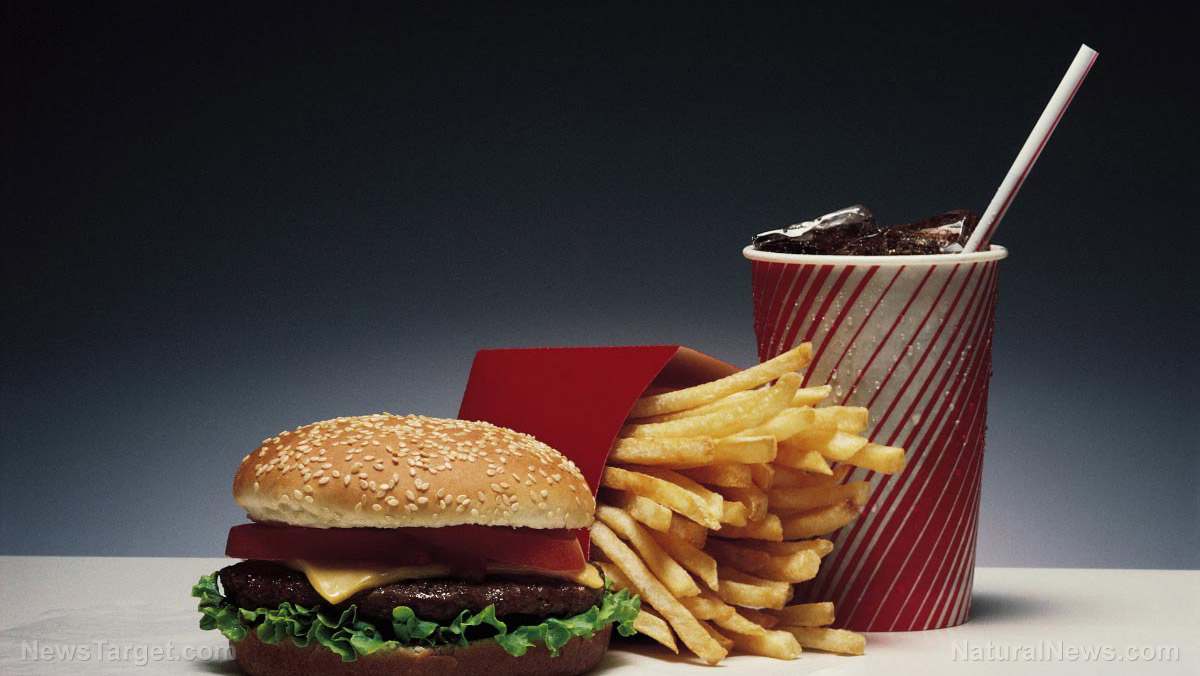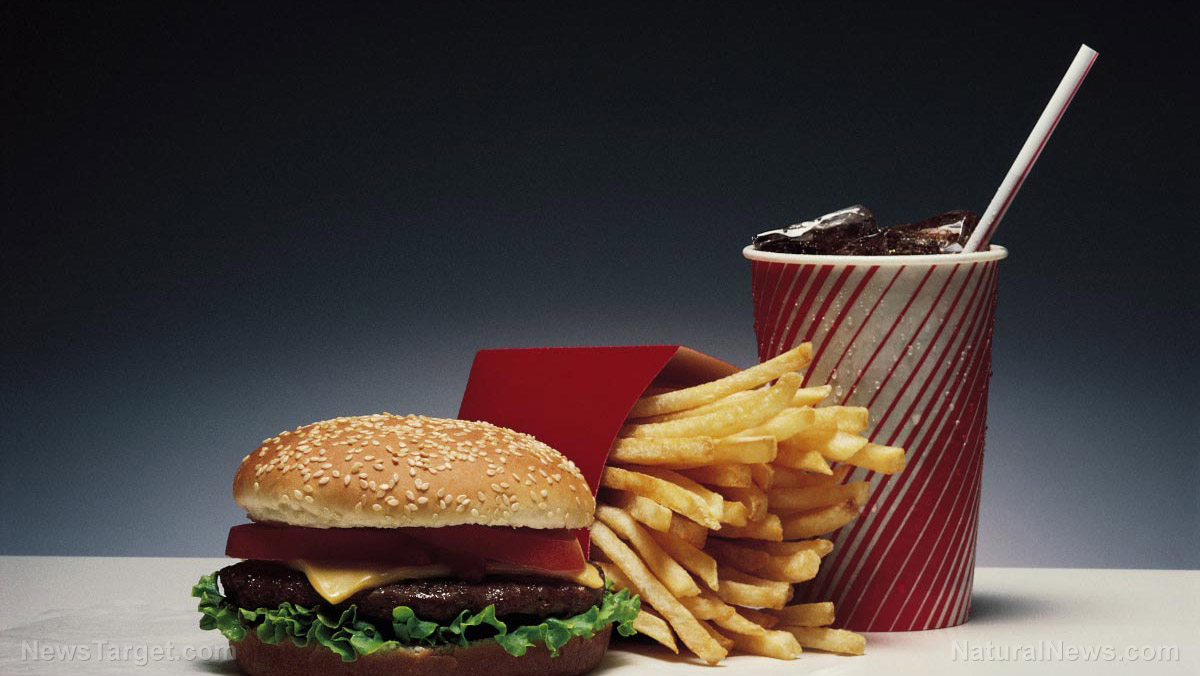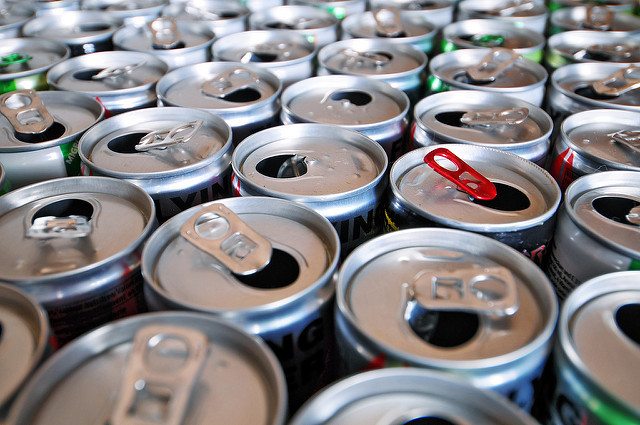If you’re broke and overweight, chances are this common bad habit is to blame
01/14/2019 / By Ethan Huff

Every new year, millions of well-meaning folks resolve to make formidable improvements in their everyday lives, including in the area of how they manage their finances. But the results of two new surveys suggest that many people are overlooking one key factor that negatively affects not only their wealth but also their bodily health, and that’s eating out.
After surveying more than 2,000 people, the financial group at Fidelity found that one in four Americans blows far too much of his or her budget on restaurant food. And in a similar survey conducted by the Principal financial group, it was discovered that the number one thing that causes Americans to go in the red financially is dining out.
As it turns out, the vast majority of people greatly underestimate just how much they’re spending on food purchased and consumed outside the home. Nearly one in three Americans, or 29 percent – up from 26 percent last year – are spending the vast majority of their income on restaurant food, followed closely by food and groceries consumed in the home at 27 percent.
This means that more than half of what the average person earns in wages is spent on food – and most people aren’t even aware of just how much they’re spending when they don’t cook at home. Researchers from Penn State found that most people end up spending about three times what they anticipate spending when dining out, which is why they end up breaking the bank.
“What this tells us is that obviously they thought they would spend less in a week, but as the week progressed they realized they were spending a lot more and they rationalized that increase,” says Amit Sharma, an associate professor of hospitality management and the director of the Food Decisions Research Laboratory at Penn State.
When all is said and done, the average American spends more than $3,300 a year dining out, according to 2017 data – a 6.7 percent increase from 2016. Roughly six in 10 Americans, of 60 percent, eats out at least once a week, this same data shows, while a shocking 16 percent indicated that they eat out three or more times per week.
Eating out often means eating unhealthily, unfortunately
But it’s not just people’s bank accounts that are suffering from this extremely bad habit – it’s also their waistlines. Data shows that a person consumes an average of 200 more calories on days when he or she eats out, verses days eating in, according to Public Health Nutrition. And more often than not, these calories are coming from “junk” foods that they probably shouldn’t be eating in the first place.
Government research shows that “people either eat more or eat higher calorie foods – or both” when they dine at restaurants and fast-food joints, adding that “this tendency appears to be increasing.” As a result, people are getting fatter and more unhealthy at the same time that they’re draining their bank accounts.
Prepared foods at restaurants tend to contain hidden ingredients that health-conscious people would probably otherwise avoid were they to make the same foods at home using their own ingredients. Consequently, people who dine out all the time are likely consuming fat-generating additives like high-fructose corn syrup (HFCS), monosodium glutamate (MSG), and all sorts of other toxins that are making them fat.
This would explain why a shocking three in four Americans are now either overweight or obese, according to U.S. Centers for Disease Control and Prevention (CDC) statistics – which means higher medical costs on top of everything else.
“The medical cost for people who have obesity was $1,429 higher than those of normal weight,” warns the CDC.
For more related news, be sure to check out Food.news.
Sources for this article include:
Tagged Under: additives, bad habits, budget, calories, dining out, eating out, economics, finance, food, food decisions, health, ingredients, obesity, overweight, slender, spending



















